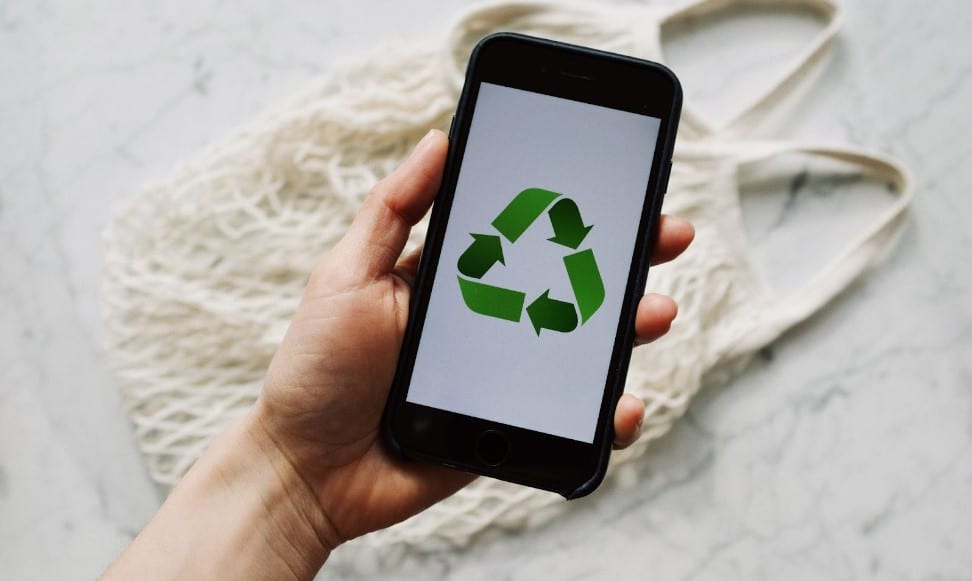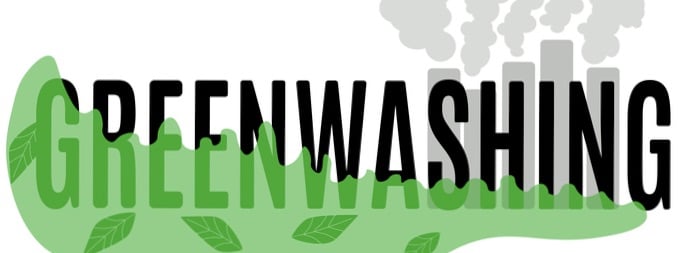In today’s world, businesses recognize the importance of sustainability, but not all genuinely prioritize environmental stewardship. Greenwashing, a deceptive practice misrepresenting environmental responsibility, is prevalent.
This article explores greenwashing’s forms, tactics, and factors, highlighting key indicators and providing tools for identification. Strategies to shield individuals include actionable steps, third-party certifications, and government regulations. By embracing transparency and sincerity, we can combat greenwashing and foster an eco-conscious society.

Greenwashing defined
Greenwashing entails the misleading portrayal of a company, its products, or its practices as environmentally friendly, sustainable, or socially responsible, when, in reality, they are not. Clever marketing tactics such as ambiguous labels, vague claims, and misleading imagery are employed to create an illusion of environmental commitment. The primary objective of greenwashing is to attract environmentally conscious consumers and gain a competitive edge in the market.
This misleading language in marketing materials, where companies make sweeping claims about their environmental benefits without providing specific evidence or details to back them up, allows businesses to create the perception of being eco-friendly without implementing sustainable practices.
Negative environmental impact
Greenwashing has significant adverse effects on the environment. When consumers are misled into thinking they are supporting sustainable products or companies, they unknowingly contribute to environmental harm.
The practice collectively serves to deceive consumers, divert attention from genuine sustainability efforts, and undermine the environment. By understanding the common strategy employed in greenwashing, individuals can become more discerning consumers and advocate for businesses that demonstrate authentic and transparent environmental commitments.
Greenwashing examples
In the following sections, we will delve deeper into specific case studies, examining key indicators of greenwashing and equipping readers with valuable tools and resources to identify and avoid falling prey to deceptive environmental claims. By understanding the tactics employed in greenwashing and recognizing its detrimental impact on the environment, we can make more informed choices and support businesses that genuinely prioritize sustainability.
Here are some real-life case studies that shed light on the tactics employed by companies engaging in greenwashing. Through an in-depth analysis of these case studies, we aim to raise awareness and provide insights into identifying and combating greenwashing in order to promote genuine environmental responsibility.
Nestlé
One notable case study that exemplifies the practice of greenwashing is the multinational food and beverage company, Nestlé. While the company has marketed its commitment to environmental responsibility, critics argue that Nestlé’s actions contradict these claims.
The accusations of greenwashing stem from concerns over Nestlé’s excessive use of plastic packaging for their bottled water products, contributing to the global plastic waste problem. Despite promoting recycling initiatives and claiming environmental stewardship, Nestlé’s continued reliance on single-use plastic bottles raises questions about the sincerity of their sustainability efforts.
This case study on Nestlé highlights the importance of scrutinizing the actions of corporations and examining the alignment between their stated environmental commitments and their actual practices. By understanding and exposing instances of greenwashing, we can encourage greater transparency and accountability, fostering a more genuinely sustainable business landscape.
Volkswagen
Volkswagen, a renowned automobile manufacturer, has been at the center of a high-profile case of greenwashing that has sent shockwaves throughout the automotive industry and beyond. The scandal, known as “Dieselgate,” exposed the dark side of greenwashing and its detrimental consequences.
In 2015, it was revealed that Volkswagen had deliberately manipulated emission tests for their diesel vehicles by installing deceptive software. This allowed the company to falsely present their vehicles as eco-friendly while emitting harmful pollutants far exceeding regulatory limits.
The Volkswagen case serves as a stark reminder of the importance of transparency and authenticity in environmental claims and the significant impact that greenwashing can have on both the environment and consumer trust. By delving into the details of this case, we can uncover the extent of the deception and the lessons it offers in combating greenwashing in the automotive industry and beyond.
Chevron
Chevron is a prominent energy company that faced allegations of greenwashing after making statements on environmental stewardship that did not correlate with its actual environmental performance. Critics argue that the company’s marketing efforts present a misleading image of its commitment to sustainability, while its history includes environmental violations and controversies.
By examining Chevron’s case, we can delve deeper into the tactics employed by companies engaging in greenwashing and the potential impact of such practices on environmental awareness and accountability.

(Photo by Daniel Öberg on Unsplash)
How to avoid greenwashing
Individuals play a crucial role in combating greenwashing by staying informed and taking proactive steps. Here are some strategies to help individuals avoid falling victim to deceptive environmental claims:
- Educate yourself: Take the time to understand key environmental issues and sustainability concepts. By increasing your knowledge, you can better identify misleading claims and make informed choices.
- Research companies and products: Before making a purchase, research the company’s environmental track record and its specific sustainability initiatives. Look for transparent information on their practices and verify their claims through reliable sources.
- Third-party certifications: These provide an additional layer of assurance when evaluating a company’s environmental claims. Look for certifications such as Energy Star, LEED (Leadership in Energy and Environmental Design), Fair Trade, or USDA Organic. These certifications involve rigorous evaluation processes and independent verification, ensuring the legitimacy of environmental claims.
Government regulation and oversight is vital in curbing greenwashing practices. Support legislation that promotes transparency and holds businesses accountable for their environmental claims. Encourage policymakers to enforce stricter guidelines and penalties for deceptive marketing practices. By advocating for stronger regulations, corporations can contribute to creating a more transparent and accountable business environment.
Conclusion
It is imperative for all individuals to prioritize sustainability and actively combat greenwashing. By staying informed, conducting thorough research, and scrutinizing environmental claims, we can make conscious choices and support companies that genuinely prioritize sustainability, rather than utilize it as a marketing tool. Together, we can create an environment where businesses are held accountable for their environmental claims. Let’s take action now to be agents of positive change, protecting our planet and ensuring a sustainable future for generations to come.



